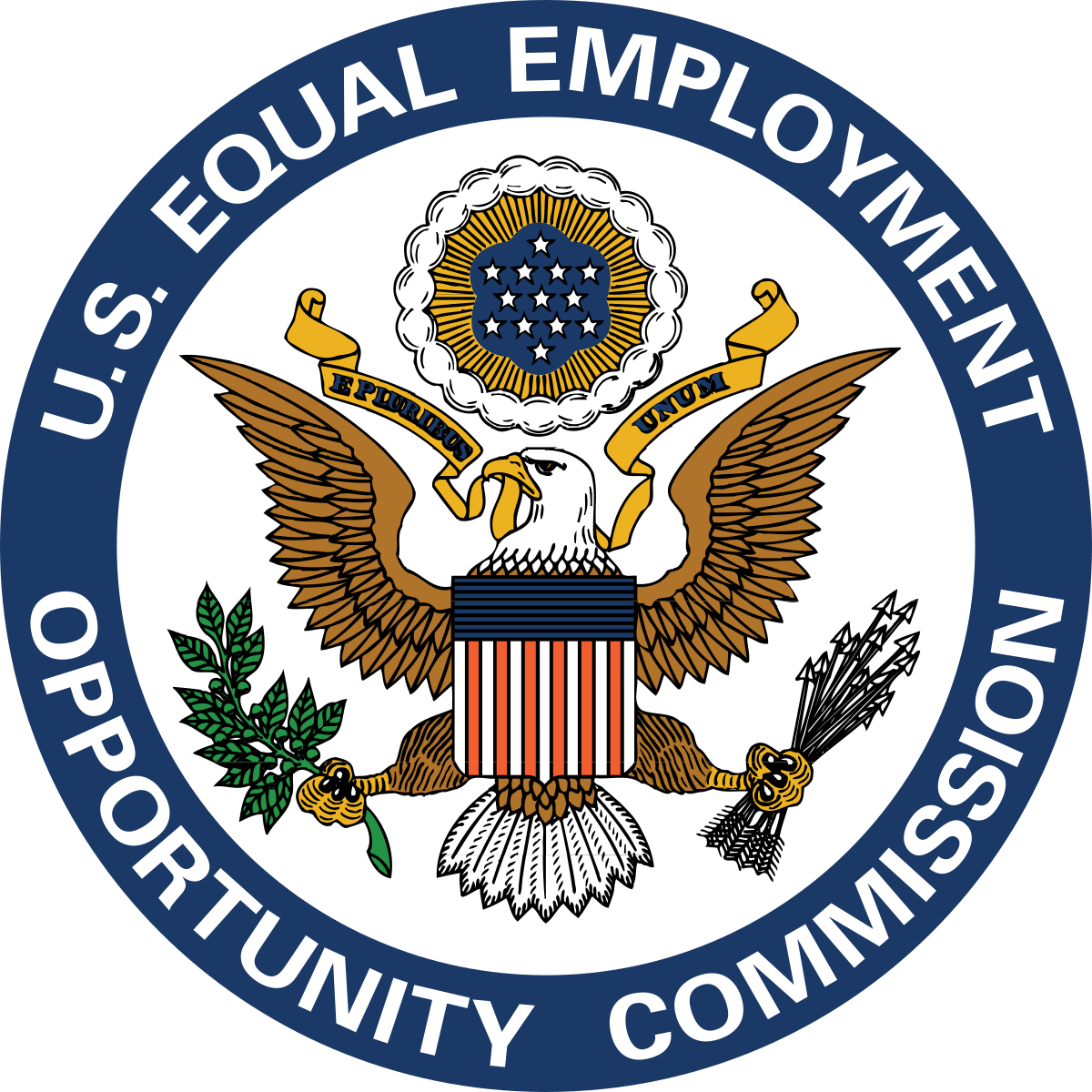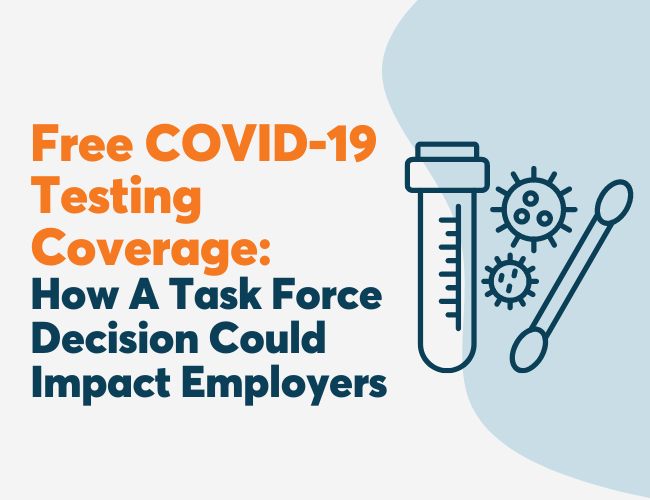 In mid-2018, just before the then-current wellness regulations were to expire in January 2019, the U.S. Equal Employment Opportunity Commission (EEOC) made it clear to the public that they had no immediate plans to issue new wellness regulations. This created significant regulatory and legal uncertainty for employers; organizations were going to have to make decisions about their employee wellness programs without EEOC guidance, exposing them to potential lawsuits from employees.
In mid-2018, just before the then-current wellness regulations were to expire in January 2019, the U.S. Equal Employment Opportunity Commission (EEOC) made it clear to the public that they had no immediate plans to issue new wellness regulations. This created significant regulatory and legal uncertainty for employers; organizations were going to have to make decisions about their employee wellness programs without EEOC guidance, exposing them to potential lawsuits from employees.
Employers will no longer need to plan their wellness programs without regulatory direction. According to its regulatory agenda released last week, the EEOC is planning to release proposed rules on employee wellness programs and companies’ liability for workplace discrimination by contractors and franchisees in January 2020. The proposal will include guidance on when incentives offered to employees for participation in wellness programs violate the Americans with Disabilities Act (ADA).
As a reminder, the U.S. District Court for the District of Columbia issued a ruling in August 2017 that said the EEOC did not explain the reasoning behind wellness plan compliance obligations with respect to the ADA and Genetic Information Nondiscrimination Act (GINA). As a result of the ruling, the EEOC had to reconsider two regulations surrounding employer-sponsored wellness programs. This included offering a reasoned explanation for its decision to allow plans and insurers to offer incentives of up to 30% of the cost of self-coverage in exchange for an employee’s participation in a wellness program. According to the ruling, programs would not be voluntary if employees could not afford the 30% increase in premiums; they would be forced to disclose their protected information when they otherwise wouldn’t choose to do so, making the program a requirement for all intents and purposes.
It is unclear what new guidance the EEOC plans to offer. The rules may even remain the same, if the EEOC is able to provide substantive data to defend its original position. Regardless, employers will be able to make more informed decisions based on the information. However, since the EEOC will not be publishing any information until January 2020, many employers with programs that align to the calendar year may have to make mid-cycle changes to conform to updates from the EEOC.
Rather than run the risk of having to make these changes, employers should offer reasonable alternatives and truly make their programs voluntary. As a general rule of thumb, it is probably not a great wellness program if employees feel coerced to participate. For starters, employers should cut biometric screenings from their programs completely; they have not been shown to deliver value, which is why the U.S. Preventive Services Task Force (USPSTF) does not recommend them. Companies should also offer multiple ways for employees to engage in their health and not require employees to release sensitive medical data to earn an incentive. Possible alternatives can be educational resources with quizzes, wellness challenges, and on-site events.
Although the EEOC guidance is long overdue, employers never needed the regulatory framework to create great wellness programs. The rules were often in effect to prevent bad wellness programs—those done to employees rather than for them—from going too far. Companies should focus on building programs that employees desire, and as a result, they will never need to be worried about potential lawsuits or violating EEOC regulations.












